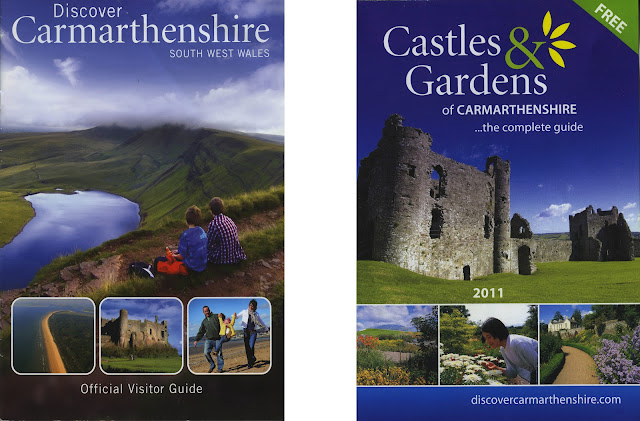29. Going for the New Topographics approach.
Immediately, from my own interest and also from the root I'm going down, I know I want to be looking at the New Topographics, for research and for any inspiration. As I'm looking at man made buildings in the natural landscape, I feel that the New Topographics would be very suitable for me to research. Their photographs focused on Man-Altered Landscapes, and I feel that 'Castles' could very much, be a part of this theme
Bernd and Hilla Becher
The Bechers are the most recognised New Topographic Photographers, to me personally in any case. I know, from previous research that the Bechers would document the same features of various factories and industrial sites, that they believed were slowly fading and being demolished.
From the MoMA Website:
"The German artists Bernd and Hilla Becher, who began working together in 1959 and married in 1961, are best known for their "typologies"—grids of black-and-white photographs of variant examples of a single type of industrial structure. To create these works, the artists traveled to large mines and steel mills, and systematically photographed the major structures, such as the winding towers that haul coal and iron ore to the surface and the blast furnaces that transform the ore into metal. The rigorous frontality of the individual images gives them the simplicity of diagrams, while their density of detail offers encyclopedic richness. At each site the Bechers also created overall landscape views of the entire plant, which set the structures in their context and show how they relate to each other. The typologies emulate the clarity of an engineer's drawing, while the landscapes evoke the experience of a particular place. The exhibition presents these two formats together; because they lie at the polar extremes of photographic description, each underscores the creative potential of the other."From the Tate Website:
"German artist-photographers preoccupied with the photography of old industrial buildings in a manner related to industrial archaeology. Bernhard Becher was born at Siegen and studied graphic art and lettering at the Stuttgart and Düsseldorf Academies. Began making paintings and lithographs of industrial structures such as iron-ore preparation plants and railway stations in 1953, influenced partly by de Chirico. Gradually became more interested in the buildings themselves than in the act of painting, began to collect old photographs of them and from 1956 to photograph them himself. Gave up painting altogether 1957. Hilla Becher, born in Berlin, had studied photography in Potsdam and had worked as a photographer in advertising at the time they met. She had decided to give up advertising and start again, and had begun to study at Düsseldorf Academy, where she also taught in the photographic department. They met in 1959 and decided to work together. Began in the same year to make systematic series, at first mostly of buildings in the German Ruhr and Holland; from 1965 also in Great Britain, France, Belgium, the USA etc. First one-man exhibition at the Galerie Ruth Nohl, Siegen, 1963. They live in Düsseldorf."
| Coal Bunkers, 1974 |
I have always enjoyed viewing the works of the Bechers, and after studying their work for several different photography modules, I can really appreciate the years of work that went into each one of their photographs.
http://uk.phaidon.com/agenda/photography/picture-galleries/2011/november/18/how-the-bechers-made-the-boring-beautiful/
The Bechers projects were long, years and years in the making, travelling all over Germany to look for Water Towers, Coal Bunkers and various other features of industrial sites. When you first glance at the photographs you don't really think about all the effort that went behind taking the images, the photographs look pretty basic, but they are not.
- They would have had to take the photographs from exactly the same angle and height.
- They were working on a 8x10 inch camera, a large format camera, to get that crisp image. This would not have been that portable or easy to manoeuvre in anyway, and they would take it around with them everywhere they went.
- Weather - Their project was fairly weather dependant. They made sure they had plain skies, as to not take any focus away from their subjects.
Bibliography
http://www.tate.org.uk/art/artists/bernd-becher-and-hilla-becher-718http://uk.phaidon.com/agenda/photography/picture-galleries/2011/november/18/how-the-bechers-made-the-boring-beautiful/



Comments
Post a Comment